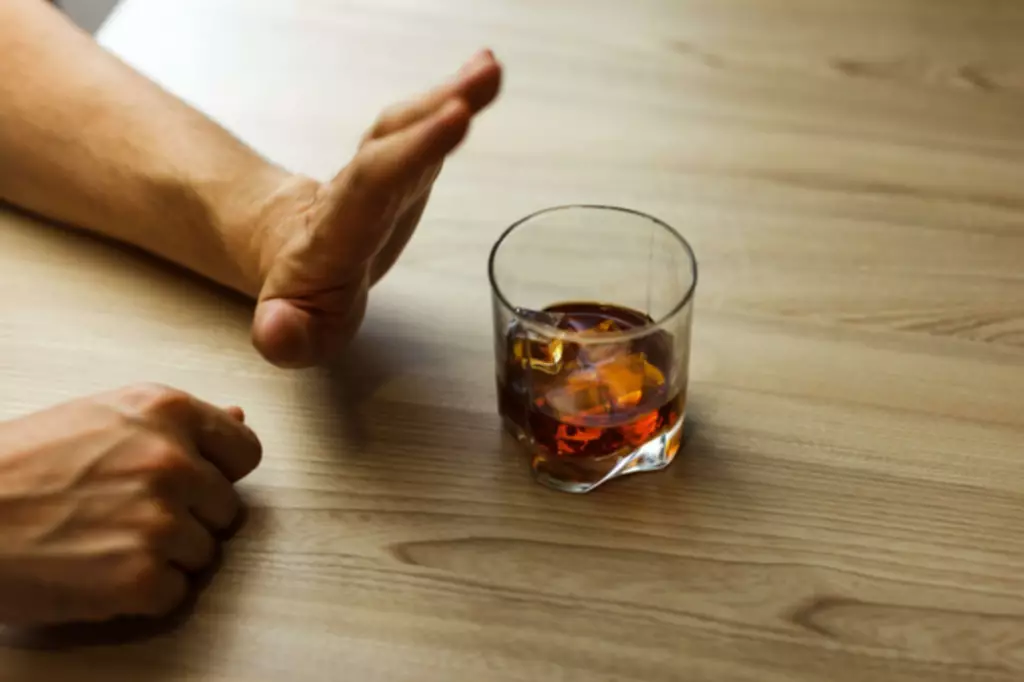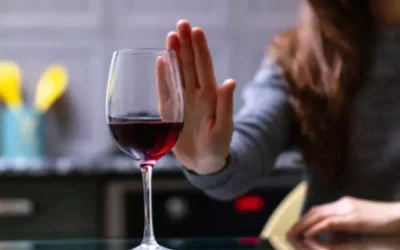How to identify, treat and prevent opioid use disorder
Addiction is a disease that is treatable if you are ready to make changes. Opioid use can cause your brain to depend on these endorphins, or even to stop producing its own endorphins. Talk with a doctor to find out what types of treatments are available in your area and what options are best for you and/or your loved one. Addiction is a treatable, chronic disease; be sure to ask your doctor about the risk of returning to drug use and overdose. Anesthesiologists are the most highly skilled medical experts in anesthesia care, pain management, and critical care medicine, with the education and training that can mean the difference between life and death.
- A person may need a treatment approach that addresses both mental health and substance use disorders if both conditions are occurring together.
- However, those taking prescription opioids aren’t the only people at risk for developing OUD — anyone using opioids can become addicted.
- Some other signs of opiate use may include constipation and slower reaction times or movements.
- They’ve raised as much as $80,000 a year, but there is always more demand.
- This medication can rapidly reverse an overdose and prevent brain damage and death.
How to tell if a loved one is misusing opioids
What parents should know about fentanyl – CHOC – Children’s health hub – CHOC Health
What parents should know about fentanyl – CHOC – Children’s health hub.
Posted: Fri, 11 Feb 2022 08:00:00 GMT [source]
Treatment can include supportive measures to ease symptoms and help ensure the person is safe, including administering methadone or buprenorphine. Opioid overdose treatment with naloxone can be used in an emergency situation when a person has taken an overdose of opioid drugs and has stopped breathing or is in danger of stopping breathing. Naloxone flushes the narcotic out of the brain’s receptors and can reverse the overdose, but it does not address the underlying opioid use disorder as addiction treatment would. Our facility provides comprehensive mental health care, with individual and group counseling tailored to address these emotional triggers.
What is the outlook for people who have opioid use disorder?
Recovery is a continuous journey, necessitating ongoing therapy, consistent participation in support groups, and the continuation of medication-assisted treatment (MAT) to manage cravings and minimize relapse risk. For those at higher risk, it’s important to discuss opioid signs of opioid addiction use and safety with healthcare providers to manage and reduce potential dangers effectively. Opioid addiction involves both physical and psychological components from chronic use. Understanding these elements is essential for effective recognition and treatment.
When to seek emergency help
Substance use disorders, including opioid addiction, are frequently linked to sleep disturbances that affect next-day functioning and behavior. Sleep dysfunction is a common complaint among individuals with opioid addiction, persisting even in those undergoing opioid substitution therapy (OST). More than 75 percent of people with opioid use disorder report sleep problems, such as irregular sleep schedules and insufficient sleep, and some may develop specific sleep disorders like insomnia or sleep apnea. Efforts to address the crisis include legislative actions, public education on the risks of opioid abuse, and an emphasis on alternative pain management strategies. Policy interventions have aimed to combat the crisis, such as implementing prescription drug monitoring programs and enhancing linkage to care for people with OUD.
Masks Strongly Recommended but Not Required in Maryland, Starting Immediately

Opioid Withdrawal Treatment (Detoxification)
- Note that if someone is prescribed opioids for pain and is using them as prescribed, the physical dependence criteria are not factored into the number of signs and symptoms.
- The likelihood of developing dependence following opioid use is high compared with most other drugs.
- Prescribed by many physicians from office settings, this is typically taken in a daily dose placed under the tongue.
- A person who abuses these drugs may appear uninhibited, dizzy, or depressed.
- More than half of the funds will be controlled by local governments, according to Christine Minhee, who runs the Opioid Settlement Tracker website.
- When you’re addicted, you may continue using the drug despite the harm it causes.
Recognizing unhealthy drug use in family members

